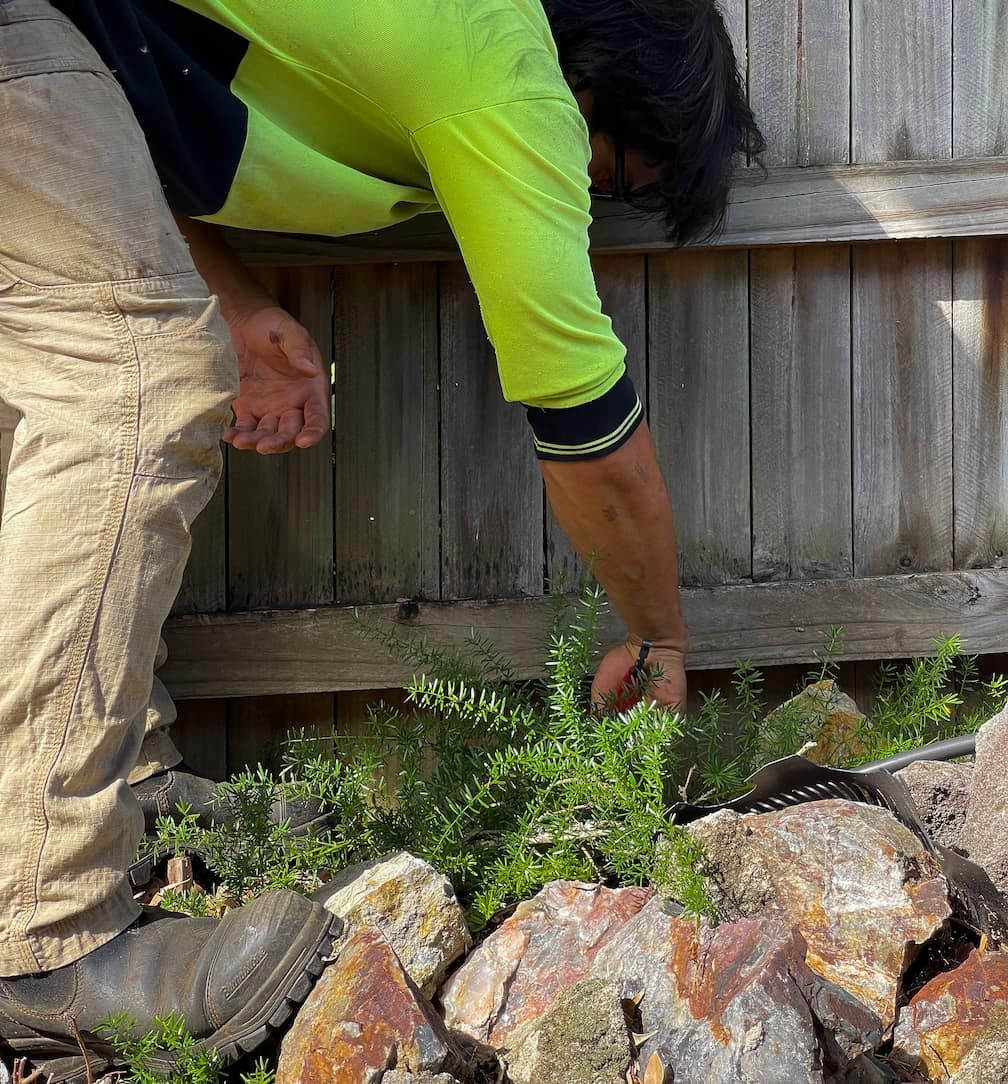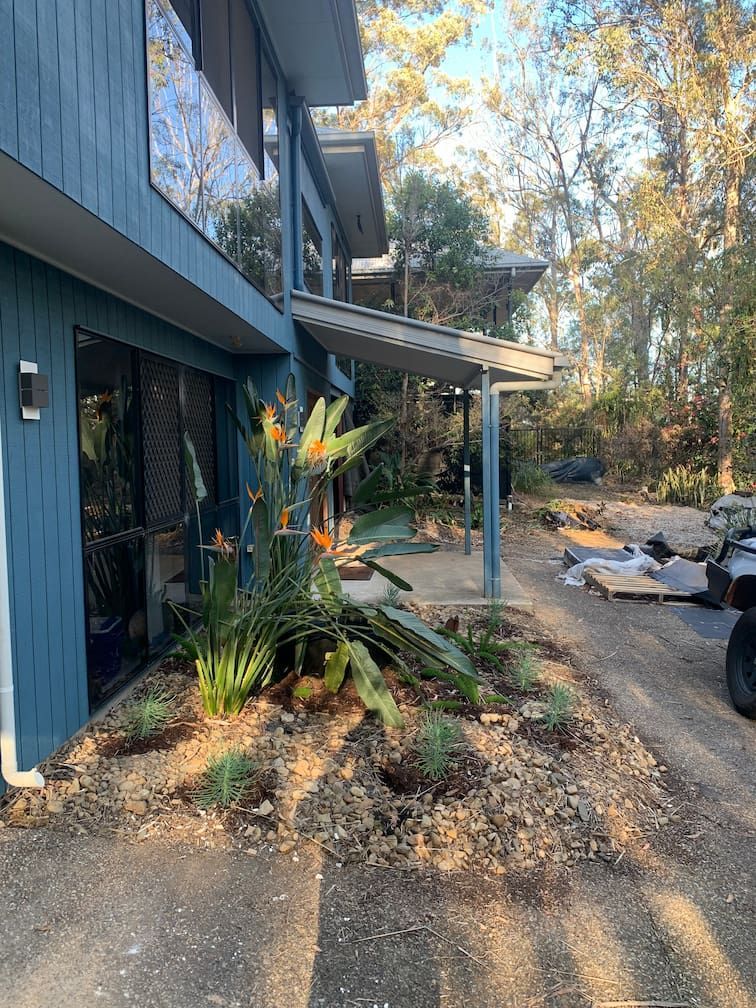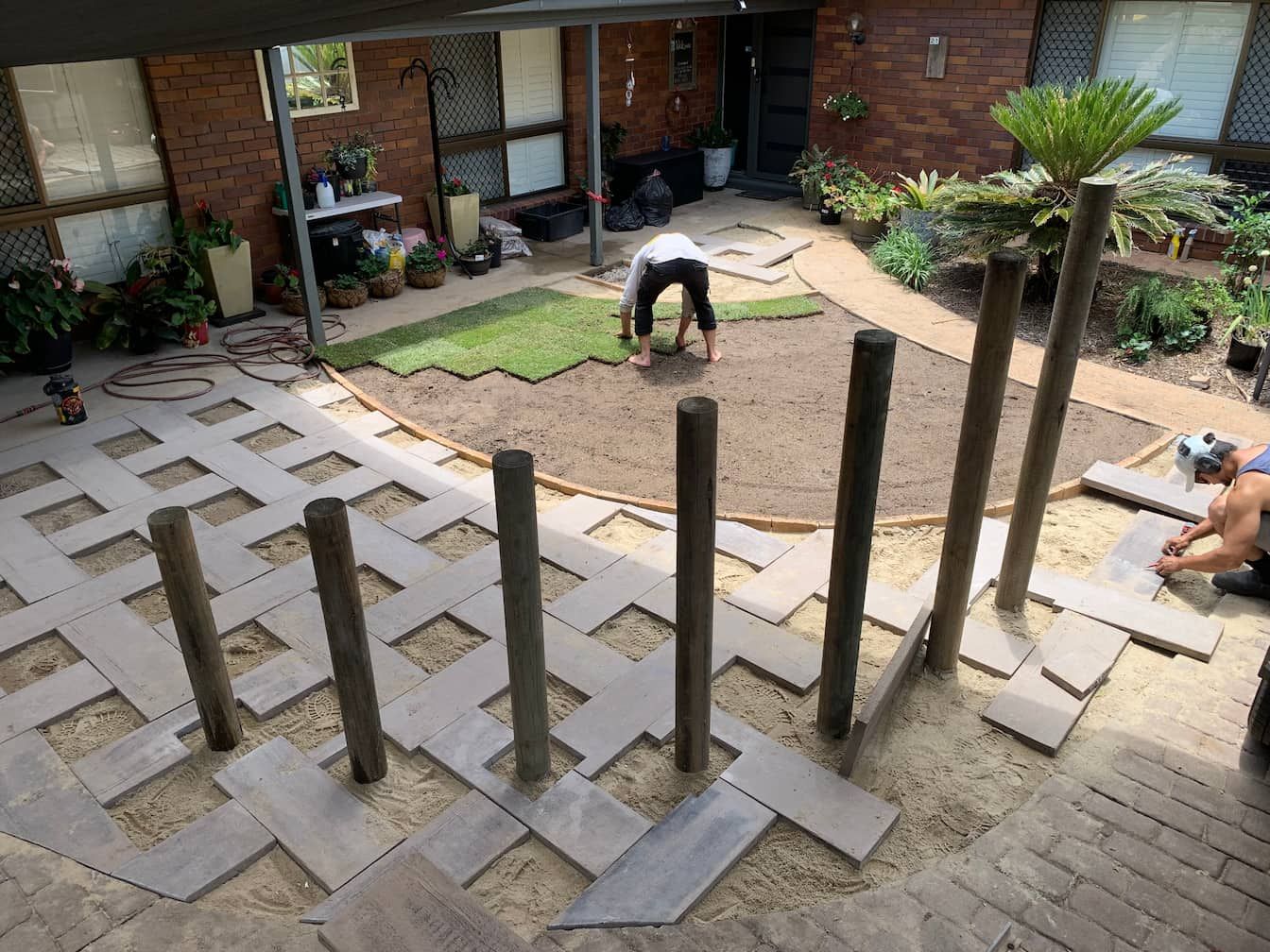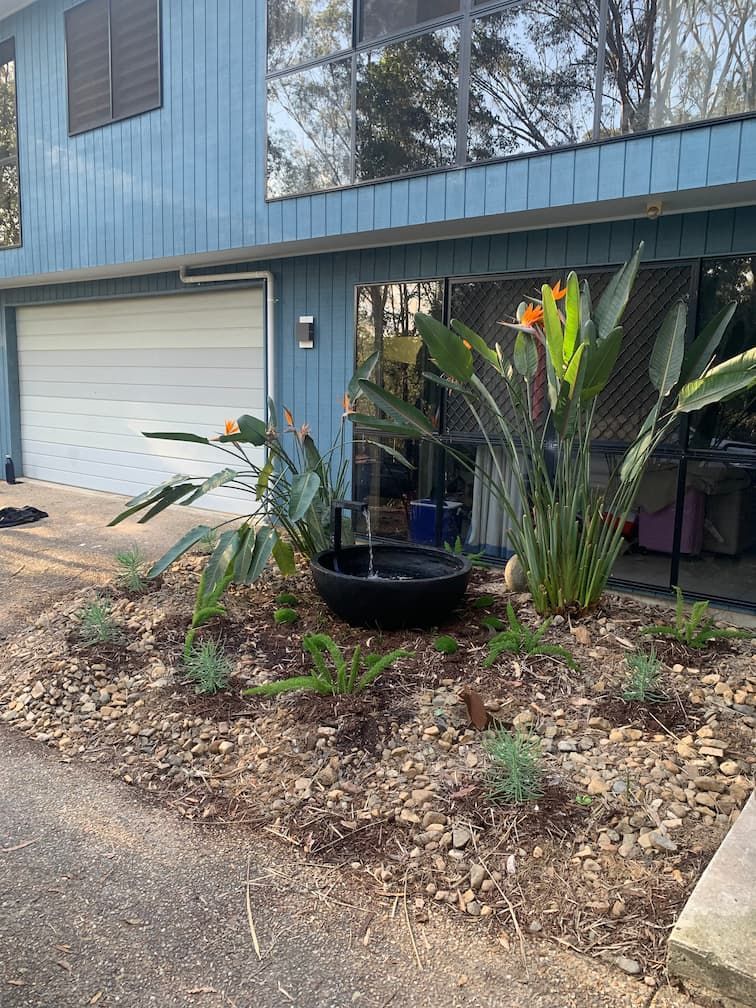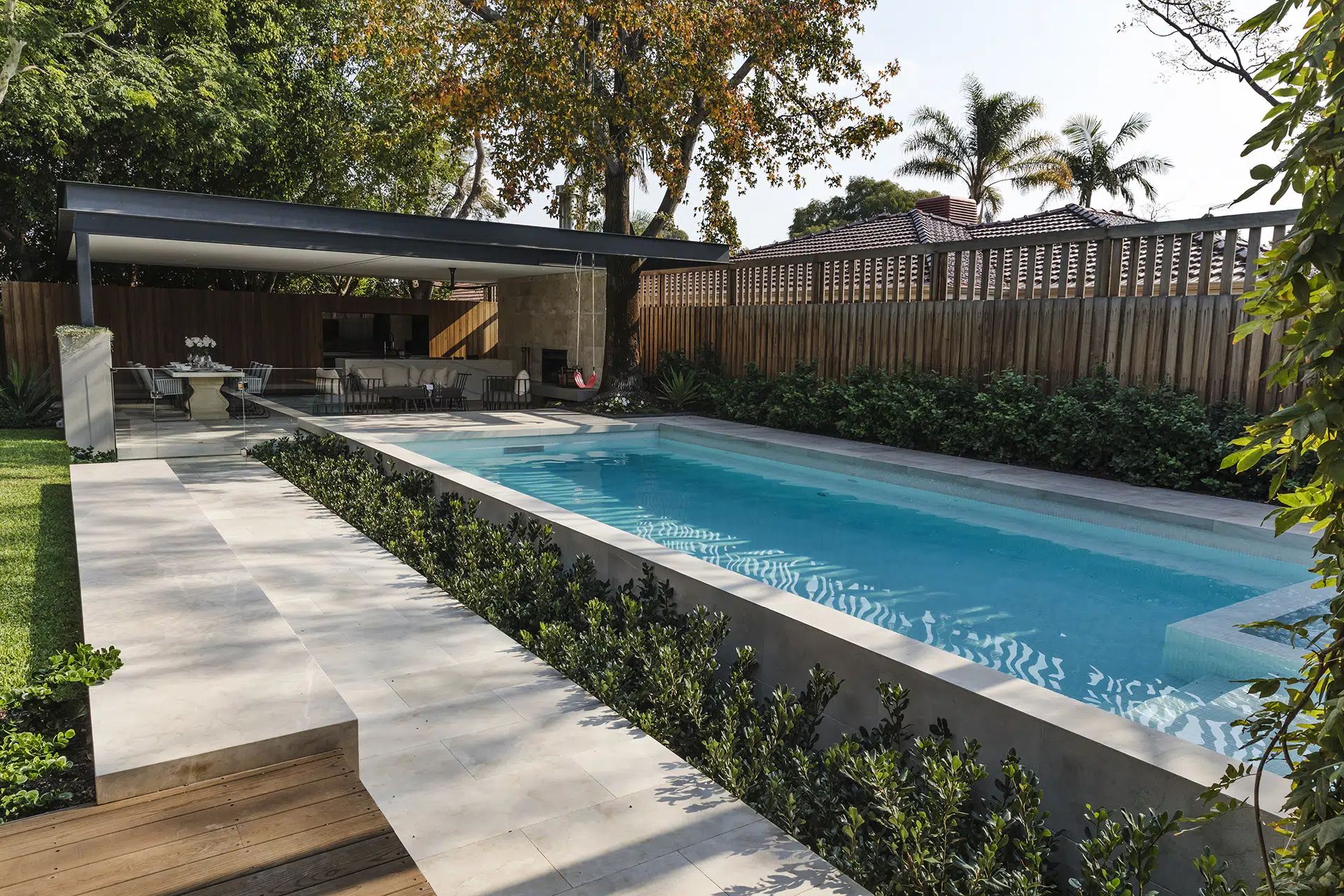Softscaping vs Hardscaping: What's The Difference?
When designing an outdoor space, you’ll often hear the terms softscaping and hardscaping. Both play essential roles in creating a balanced and visually appealing landscape, but they involve very different elements and techniques. Understanding the difference between softscaping and hardscaping will help you plan a cohesive and functional outdoor space.
What is Softscaping?
Softscaping refers to the living elements of a landscape, such as plants, trees, flowers, grass, and soil. It focuses on enhancing the natural beauty of a space through greenery, seasonal flowers, and organic features.
Common Softscaping Elements:
- Lawns and grassed areas
- Flower beds and gardens
- Trees, shrubs and hedges
- Native plants
- Edible gardens
- Mulch and soil
- Ground cover plants
- Vertical gardens and vines
Benefits of Softscaping:
- Enhances aesthetics – Adds colour, texture, and natural beauty to the landscape.
- Improves air quality – Plants filter pollutants and produce oxygen.
- Encourages biodiversity – Provides a habitat for birds, bees, and other wildlife.
- Temperature regulation – Trees and greenery provide shade, reducing heat buildup in outdoor areas.
- Customisable and flexible – Softscaping elements can be easily changed or adapted with the seasons.
What is Hardscaping?
Hardscaping involves non-living, structural elements in a landscape design. These features provide functionality, durability, and structure to outdoor spaces.
Common Hardscaping Elements:
- Patios and decks
- Pathways and walkways
- Retaining walls
- Driveways and paved surfaces
- Pergolas, gazebos, and outdoor seating areas
- Water features like fountains or ponds
- Stone, brick, or concrete edging
Benefits of Hardscaping:
- Adds structure and durability – Hardscape elements provide stability and define the space.
- Low maintenance – Unlike softscaping, hardscape features require minimal upkeep.
- Increases property value – Well-designed hardscaping can enhance curb appeal and property value.
- Prevents erosion – Retaining walls and pavers help stabilise soil and prevent erosion.
- Improves usability – Walkways, patios, and seating areas make outdoor spaces more functional.
Softscaping vs Hardscaping: Key Differences
| Feature | Softscaping | Hardscaping |
|---|---|---|
| Definition | Living elements like plants, trees, and grass. | Non-living elements like patios, pathways, and retaining walls. |
| Purpose | Enhances natural beauty and promotes greenery. | Provides structure, durability, and function to outdoor spaces. |
| Maintenance | Requires regular care (watering, pruning, mowing). | Generally low maintenance after installation. |
| Flexibility | Can be easily changed or replaced. | Permanent or semi-permanent structures. |
| Cost | Generally lower initial cost but requires ongoing maintenance. | Higher upfront cost but minimal maintenance. |
| Environmental Impact | Improves air quality and biodiversity. | Can increase heat absorption but helps with erosion control. |
How to Balance Softscaping and Hardscaping
For a well-designed outdoor space, a combination of both softscaping and hardscaping is essential. Here are some tips for creating a balanced landscape:
- Use hardscaping to define spaces – Paths, patios, and walls create structure and flow within the garden.
- Incorporate greenery around hardscape features – Adding plants, vines, or flower beds around patios and walkways softens the look and adds natural beauty.
- Choose materials that complement natural elements – Stone, timber, and brick blend well with plants and trees.
- Plan for drainage and sustainability – Permeable pavers and strategic plant placement can help with water absorption and prevent flooding.
- Consider seasonal changes – Mix evergreen plants with seasonal flowers to maintain year-round visual interest.
Conclusion
Softscaping and hardscaping work together to create a beautiful and functional outdoor space. While softscaping brings natural beauty and environmental benefits, hardscaping provides durability and structure.
A well-balanced landscape design incorporates both elements to maximise usability, aesthetics, and sustainability. Whether you’re enhancing a backyard, front yard, or commercial property, understanding the role of each will help you create a stunning outdoor environment.
Written by Chris Thorne
Chris believes in fostering strong relationships with his clients and promoting a sustainable way of living. His goal is to leave a positive impact on people and their homes and strives to do the same for the Earth.

